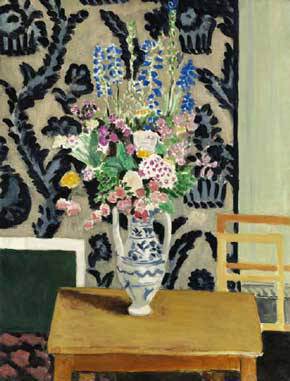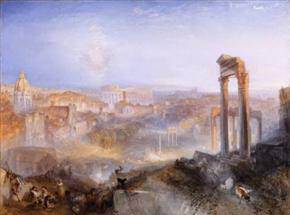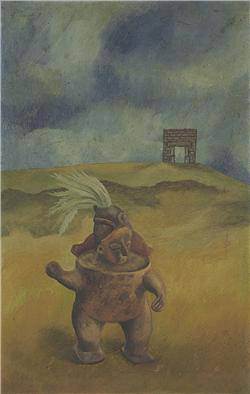
Henri Matisse: ‘Bouquet pour le 14 Juillet 1919’
Henri Matisse’s ‘Bouquet pour le 14 Juillet 1919’ at Sotheby’s
Sotheby’s 5 May 2010 Evening Sale of Impressionist and Modern Art in New York will featureHenri Matisse’s spectacular Bouquet pour le 14 Juillet 1919, the artist’s emotional celebration of the firstBastille Day following World War I (est. $18/25 million)
]]>
April 5th, 2010, source: Sotheby’s
The present work also heralds the fresh and colorful stylethat would define Matisse’s career from 1919 onward, and signals the artist’s renewed sense of optimism followingone of the most troubling periods of his career. The large and ambitious masterpiece (45 1/2 x 35 in, 116 x 89 cm)was presented by the artist to his dealers Bernheim-Jeune shortly after its completion and it remained in Bernheim’sfamily collection until it was sold at auction in France in the early 1980s. At that time, the picture achieved a recordprice, and since then, it has been in the same private collection for over a quarter of a century. Prior to exhibition andsale in New York, the painting will be shown in Hong Kong and London
The events that precipitated Matisse’s completion of the present work were like fuel for the artist’s creative fire.During the war years, Matisse worked against the tide of Cubism that swept through the avant-garde, committinghimself to a style of painting that was grounded in form and color. His art was an antidote to the “drying-up effect ofpure abstraction” that he saw consuming his peers, and he struggled to reveal the beauty of figuration.
Matisse also struggled personally during this period. He had spent the last three years in relative isolation from hisfamily, setting up a studio in the Nice, where he often felt at odds with the locals. News from Paris that Michael andSarah Stein had sold off their collection of his best Fauve paintings in 1918 demoralized him, as did the rumor, albeitfalse, that Sergei Shchukin’s paintings of La Danse and La Musique had been destroyed during the BolshevikRevolution. To make matters worse, the artist’s daughter Marguerite was critically ill with complications from atracheotomy in the beginning of 1919, and Matisse found himself struggling to acclimate to these drawbacks whilealone in Nice that spring.
Matisse returned to his family home in Issy-les-Moulineaux for the summer, just in time for the official victorycelebrations that began in Paris in late June. “I am the happiest man in the word,” he told a reporter in Paris at thistime. According to his biographer Hillary Spuring, “He gloried in the flowers in his garden, painting poppies going offlike fireworks and a brilliant bouquet for Bastille Day on 14 July” (Hilary Spurling, Matisse, The Master, New York,2005, p. 228). This picture was Matisse’s victory celebration and, for his art, a sign of his commitment to thefuture.
Follow us on:


